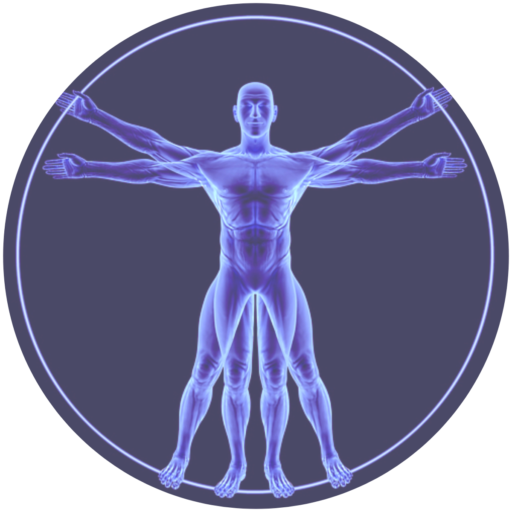In the ever-evolving world of physical therapy and wellness, Fascial Stretch Therapy (FST) has emerged as a groundbreaking approach. Its increasing popularity is not just a result of effective marketing but is deeply rooted in scientific principles and proven outcomes. This comprehensive guide aims to explore the science behind Fascial Stretch Therapy, offering insights into its mechanisms, extensive benefits, and why it is becoming an indispensable part of modern physical therapy.
The Anatomy of Fascia: More Than Just a Sheath
To fully grasp the concept of Fascial Stretch Therapy, one must first understand the anatomy and function of fascia. Fascia is a web-like network of connective tissues that envelopes muscles, bones, and organs. It provides structural integrity and plays a pivotal role in biomechanics and movement. Unlike other tissues, fascia is highly dynamic and responsive to stress and movement, making it a key focus in FST.
The Core Principles of Fascial Stretch Therapy
Fascial Stretch Therapy is not your average stretching routine. It is a specialized form of manual therapy that combines the principles of biomechanics and neurophysiology. The therapy employs techniques like traction, oscillation, and proprioceptive neuromuscular facilitation to stretch the fascia effectively. These methods are designed to improve the viscoelastic properties of fascia, thereby enhancing its function and reducing pain.
The Science Unveiled: How Does FST Work?
The science behind Fascial Stretch Therapy is both fascinating and complex. FST targets the fascial nets that envelop muscle groups and aims to improve their elasticity and resilience. By applying gentle traction to the joints and oscillating movements, FST helps in breaking down adhesions and scar tissues. This not only improves the range of motion but also optimizes the flow of nutrients in the affected areas, facilitating quicker recovery and reduced pain.
Related Article: Understanding Your Fascial Network: A Deep Dive Into How FST Works
A Multitude of Benefits: Beyond Flexibility
While flexibility is a significant outcome, the benefits of Fascial Stretch Therapy extend far beyond. FST has been shown to improve neuromuscular coordination, enhance athletic performance, and even aid in metabolic functions. It also has a calming effect on the nervous system, which helps in stress reduction and mental well-being. The therapy is particularly beneficial for athletes, elderly individuals, and those recovering from injuries or surgeries.

Fascial Stretch Therapy vs. Traditional Methods
What sets Fascial Stretch Therapy apart from traditional stretching or physical therapy methods is its holistic and science-backed approach. While most therapies focus on symptomatic relief, FST aims for a systemic improvement in functional biomechanics. This makes the therapy not just curative but also preventive, reducing the risk of future injuries and complications.
Real-world Applications and Testimonials
The effectiveness of Fascial Stretch Therapy is not just theoretical; it is supported by a plethora of real-world applications and client testimonials. From professional athletes to individuals suffering from chronic pain, the positive feedback and documented case studies are a testament to FST‘s efficacy.
Conclusion
As our understanding of fascia and its role in human biomechanics continues to grow, so does the scope and application of Fascial Stretch Therapy. It is not merely a fad but a scientifically validated method with a promising future. Whether you are an athlete, a healthcare provider, or someone simply looking to improve your physical well-being, FST offers a versatile and effective solution.
Contact Us for a Personalized Fascial Stretch Therapy Session
If you’re intrigued by Fascial Stretch Therapy and want to experience its benefits firsthand, don’t hesitate to contact us at NOLA Stretch. We are conveniently located at 3501 Severn Ave #19, Metairie, LA 70002. You can also reach us by phone at (504) 442-0206 or via email at Lydia@nolastretch.com. Our team of certified practitioners is committed to helping you achieve optimal physical health and well-being.





